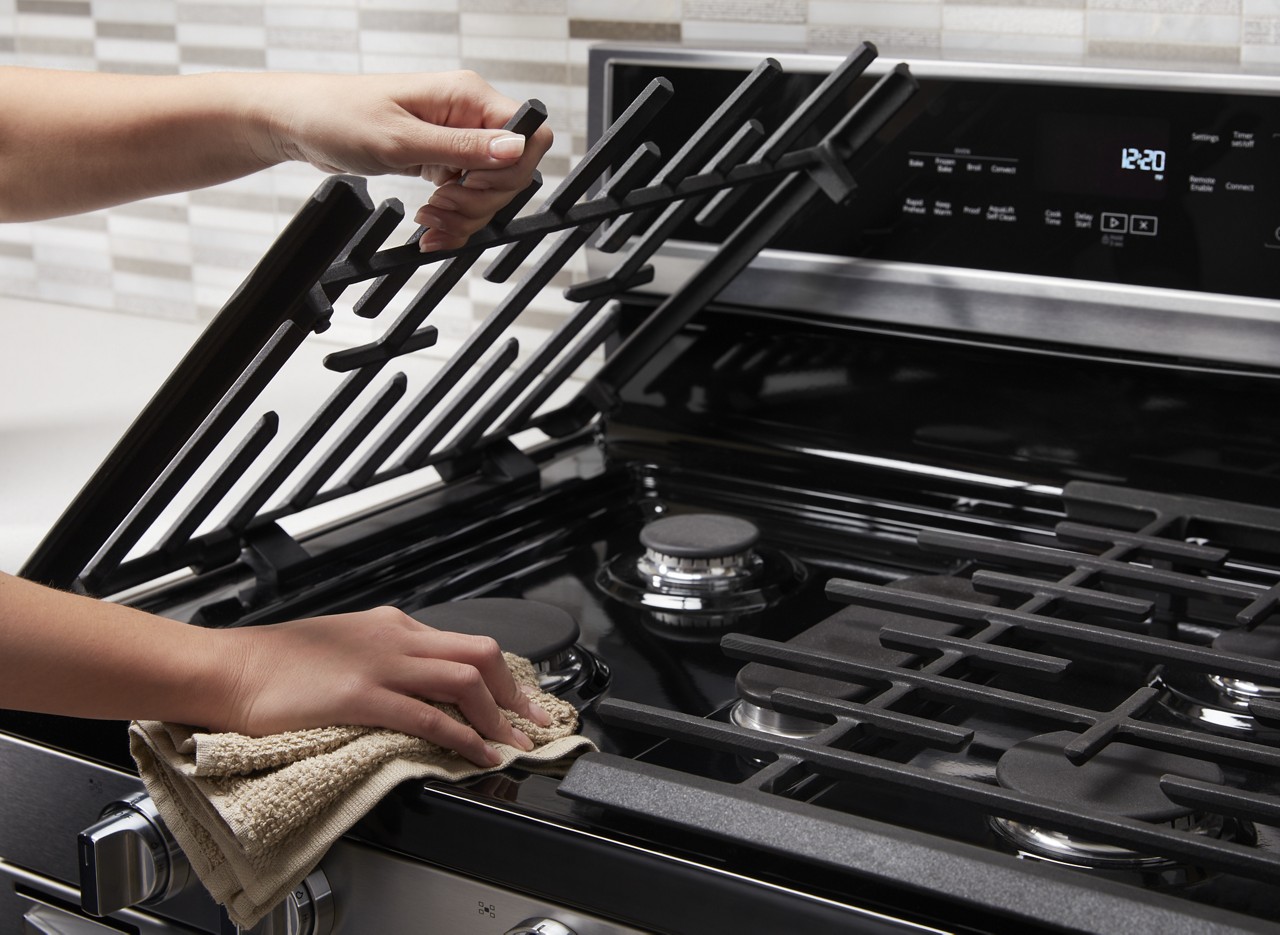

Articles
How To Clean Cooktop Grates
Modified: January 6, 2024
Learn the best techniques for cleaning cooktop grates with these helpful articles. Keep your cooktop looking pristine and functioning efficiently.
(Many of the links in this article redirect to a specific reviewed product. Your purchase of these products through affiliate links helps to generate commission for Storables.com, at no extra cost. Learn more)
Introduction
Having a clean and sparkling cooktop is not only essential for maintaining a hygienic kitchen, but it also ensures that your cooking experience is top-notch. One crucial component of a cooktop that requires regular cleaning is the grates. Cooktop grates are the sturdy grids that support your pots and pans, and they can quickly accumulate grease, food particles, and stubborn stains.
In this article, we will guide you through a step-by-step process on how to clean your cooktop grates effectively. Whether you have cast iron, enamel, or stainless steel grates, the methods shared here are applicable to all types. By following these simple tips, you can restore the shine to your grates and make them look as good as new.
Key Takeaways:
- Regularly cleaning and maintaining cooktop grates is essential for a hygienic kitchen and enjoyable cooking experience. Follow the step-by-step guide to restore shine and cleanliness, ensuring a sparkling cooktop.
- Choose suitable cleaning tools and agents for specific grates to prolong their lifespan and ensure optimal performance. Enjoy the rewards of a sparkling clean cooktop and hassle-free cooking experience.
Read more: How To Clean Grill Grates
Step 1: Remove the Grates
The first step in cleaning your cooktop grates is to carefully remove them from the cooktop. This will give you easier access to clean all sides of the grate without any obstructions.
Here’s how you can safely remove the grates:
- Make sure your cooktop is turned off and has cooled down completely.
- Most cooktop grates can be lifted straight up and removed. However, some grates may have locking mechanisms or screws that need to be loosened before they can be lifted.
- Refer to your cooktop’s user manual for specific instructions on how to remove the grates.
- Gently lift the grates up and out of the cooktop, taking care not to damage the cooktop surface or any other components.
Once the grates are removed, place them on a flat surface or in a sink where you can easily work on them.
Removing the grates from the cooktop allows you to clean them more thoroughly and ensures that no cleaning solution or residue comes into contact with the cooktop surface.
Step 2: Soak in Soapy Water
Now that you have removed the cooktop grates, it’s time to give them a good soak in soapy water. Soaking the grates helps to loosen the grease, food residue, and stains, making them easier to remove during the cleaning process.
Follow these steps to soak your grates:
- Fill a sink or a basin with warm water.
- Add a few drops of mild dish soap or a gentle degreasing agent to the water. Avoid using harsh chemicals or abrasive cleaners that can damage the grates.
- Place the grates into the soapy water, ensuring they are fully submerged.
- Allow the grates to soak for at least 30 minutes or longer for tougher stains and buildup.
During the soaking process, the warm water and soap will help to soften and loosen the grime on the grates, making them easier to clean later on. It’s important to give the grates enough time to soak for effective cleaning results.
While the grates are soaking, you can move on to the next step and prepare for the cleaning process.
Step 3: Scrub with a Brush
Once the cooktop grates have finished soaking in the soapy water, it’s time to tackle the stubborn grime and stains on the surface. This step involves scrubbing the grates with a brush to remove the loosened debris and bring back their shine.
Follow these steps for effective scrubbing:
- Choose a brush suitable for the material of your grates. For example, a soft-bristle brush is ideal for enamel grates, while a wire brush works well for cast iron or stainless steel grates.
- Remove one grate from the soapy water and start scrubbing it using the brush. Pay close attention to areas with heavy grease or stubborn stains.
- Spend extra time scrubbing the corners and edges, as these areas tend to accumulate more residue.
- If necessary, you can apply a small amount of baking soda or a paste made of baking soda and water to help lift tough stains.
- Continue scrubbing until you’ve removed the majority of the dirt and grime from the grate.
- Set aside the cleaned grate and move on to the next one, repeating the scrubbing process.
Remember to rinse your brush periodically to remove the debris and keep it clean for more effective cleaning.
Scrubbing the grates with a brush helps to remove the built-up grease, food particles, and stains that may have accumulated over time. It’s essential to thoroughly clean each grate to ensure a spotless finish.
To clean cooktop grates, remove them from the stove and soak in hot, soapy water for 15-30 minutes. Scrub with a non-abrasive sponge and rinse thoroughly. For tougher stains, use a paste of baking soda and water.
Step 4: Rinse Thoroughly
After scrubbing the cooktop grates with a brush, it’s important to rinse them thoroughly to remove any remaining soap residue or debris. This step ensures that your grates are clean and ready to be dried and polished.
Follow these steps to rinse your grates:
- Fill a sink or basin with warm water.
- Take each scrubbed grate and place it under running water to remove the soapy residue.
- Use your hands or a clean cloth to wipe away any remaining debris or residue.
- Rotate and rinse each grate to ensure that all sides are thoroughly cleaned.
- Inspect the grates to ensure they are completely free of soap and dirt.
Rinsing the grates removes any leftover soap residue, ensuring that the final result is spotless and gleaming. Proper rinsing also prevents any potential damage to the grates caused by chemical build-up.
Once the grates are thoroughly rinsed, it’s time to move on to the next step of the cleaning process.
Read more: How To Clean Stove Grates
Step 5: Dry and Polish the Grates
Now that your cooktop grates are clean and rinsed, it’s time to dry them thoroughly and give them a final polish. This step ensures that the grates are shiny and free from any moisture or smudges.
Follow these steps to dry and polish your grates:
- Use a clean towel or paper towels to gently pat dry each grate. Make sure to remove as much moisture as possible.
- Place the grates on a countertop or a clean, dry surface, allowing them to air dry for a few minutes.
- To give the grates an extra shine, you can use a soft cloth or microfiber cloth to polish them. Apply a small amount of cooktop cleaner or a mixture of vinegar and water, and gently rub the grates using circular motions.
- Continue polishing until the grates are dry and have a polished finish.
The drying and polishing process ensures that your grates are free from water spots and streaks, leaving them looking clean, shiny, and ready to be reassembled on your cooktop.
Once the grates are dried and polished, it’s time to move on to the final step of the cleaning process.
Step 6: Reassemble the Grates
After the cooktop grates are clean, dry, and polished, it’s time to reassemble them back onto your cooktop. This step ensures that your cooktop is fully functional and ready to be used for your next culinary adventure.
Follow these steps to reassemble the grates:
- Carefully lift each grate and place it back onto the cooktop. Ensure that the grates are properly aligned with the burner openings.
- If applicable, securely fasten any locking mechanisms or screws to hold the grates in place.
- Give the grates a gentle press down to ensure they are sitting securely on the cooktop.
- Double-check that all the grates are correctly positioned and stable.
Once the grates are reassembled, take a moment to admire your clean and rejuvenated cooktop. You can now use your cooktop confidently, knowing that it’s not only hygienic but also looking its best.
Regularly cleaning and maintaining your cooktop grates is key to preserving their longevity and efficiency. By following these steps, you can keep your cooktop grates in excellent condition and ensure that your cooking experience is always enjoyable and hassle-free.
Conclusion
Cleaning your cooktop grates doesn’t have to be a daunting task. By following the step-by-step process outlined in this article, you can easily restore the shine and cleanliness of your grates, ensuring a hygienic cooking environment and a more enjoyable cooking experience.
From removing the grates and soaking them in soapy water to scrubbing away the grease and stains, rinsing thoroughly, and drying and polishing, each step plays a crucial role in maintaining the pristine condition of your cooktop grates.
Remember to choose cleaning tools and agents that are suitable for your specific grates, as different materials require different care. Avoid using harsh chemicals or abrasive cleaners that may cause damage.
By incorporating regular cleaning of your cooktop grates into your kitchen maintenance routine, you can prolong their lifespan and ensure optimal performance. Clean grates not only enhance the aesthetics of your cooktop but also prevent the buildup of grease and food debris, which can affect the efficiency of your cooking.
So, take the time to give your grates some TLC and enjoy the rewards of a sparkling clean cooktop. Your culinary creations will shine, and you’ll have peace of mind knowing that your cooking surface is fresh and ready for the next delicious meal.
Happy cooking and happy cleaning!
Frequently Asked Questions about How To Clean Cooktop Grates
Was this page helpful?
At Storables.com, we guarantee accurate and reliable information. Our content, validated by Expert Board Contributors, is crafted following stringent Editorial Policies. We're committed to providing you with well-researched, expert-backed insights for all your informational needs.
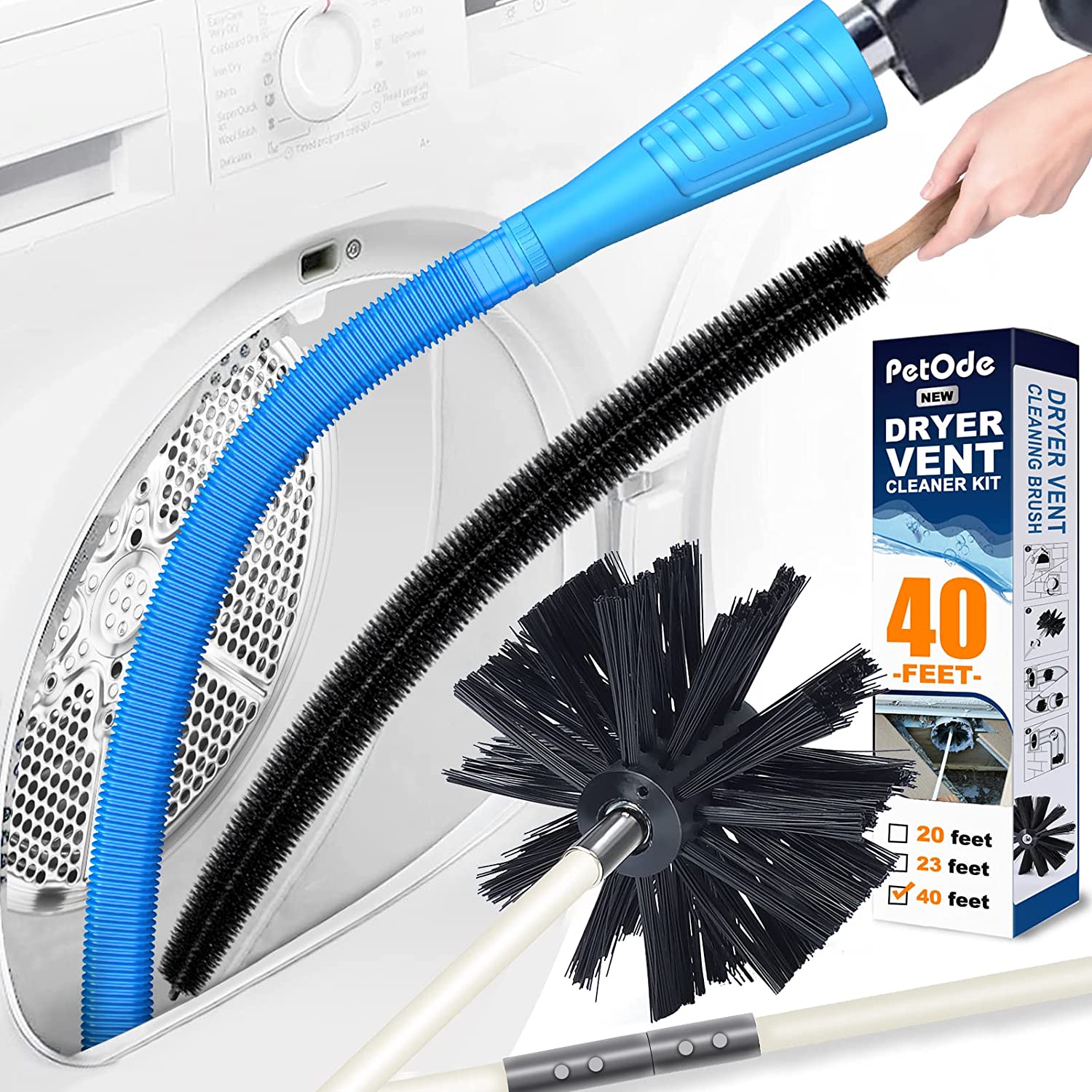
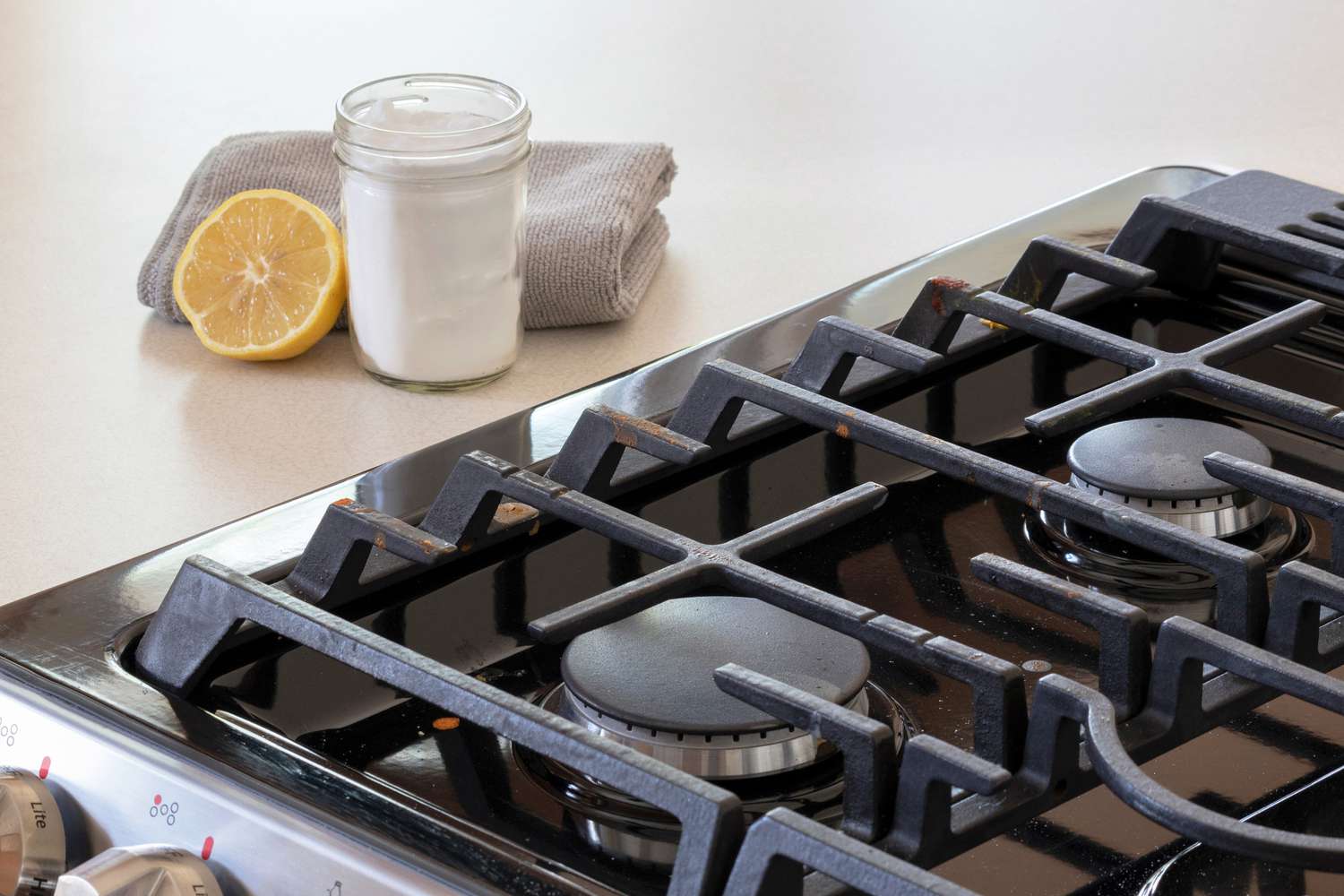
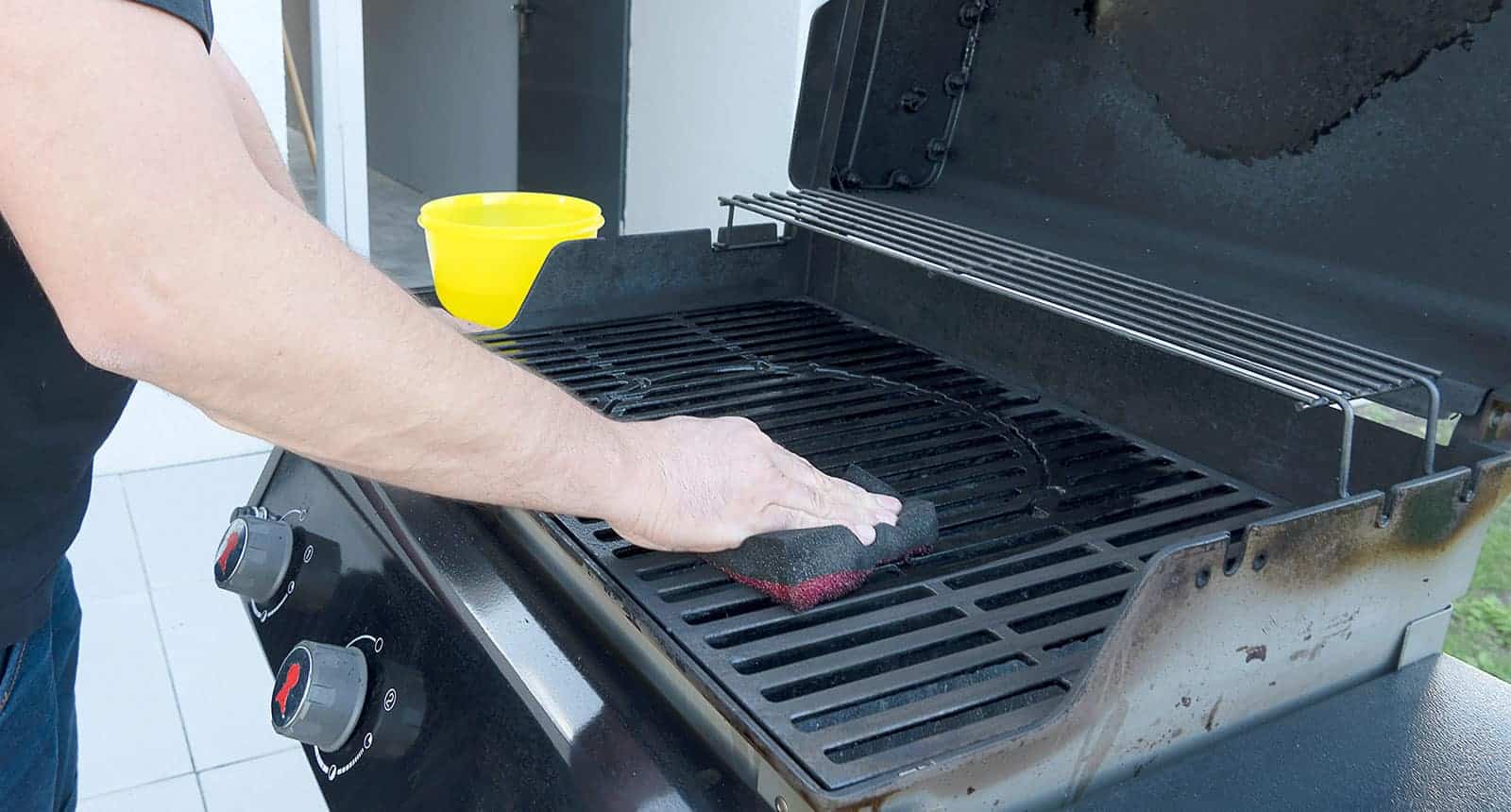
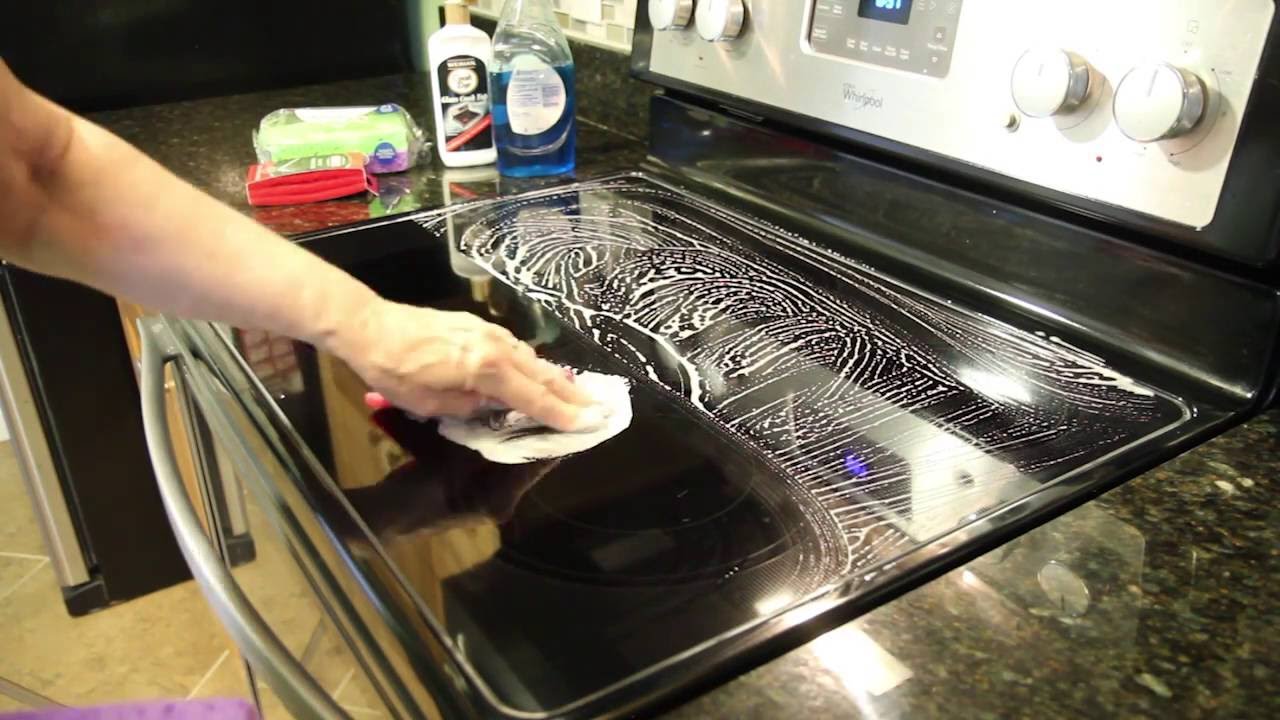


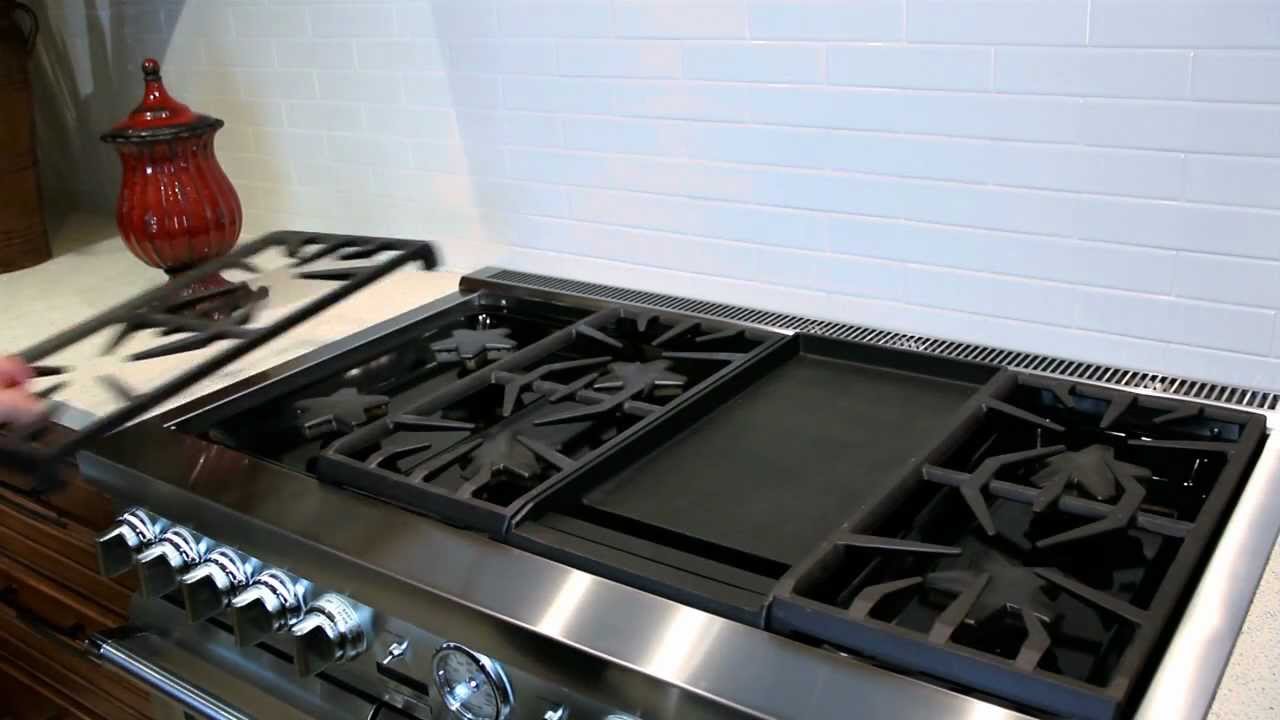
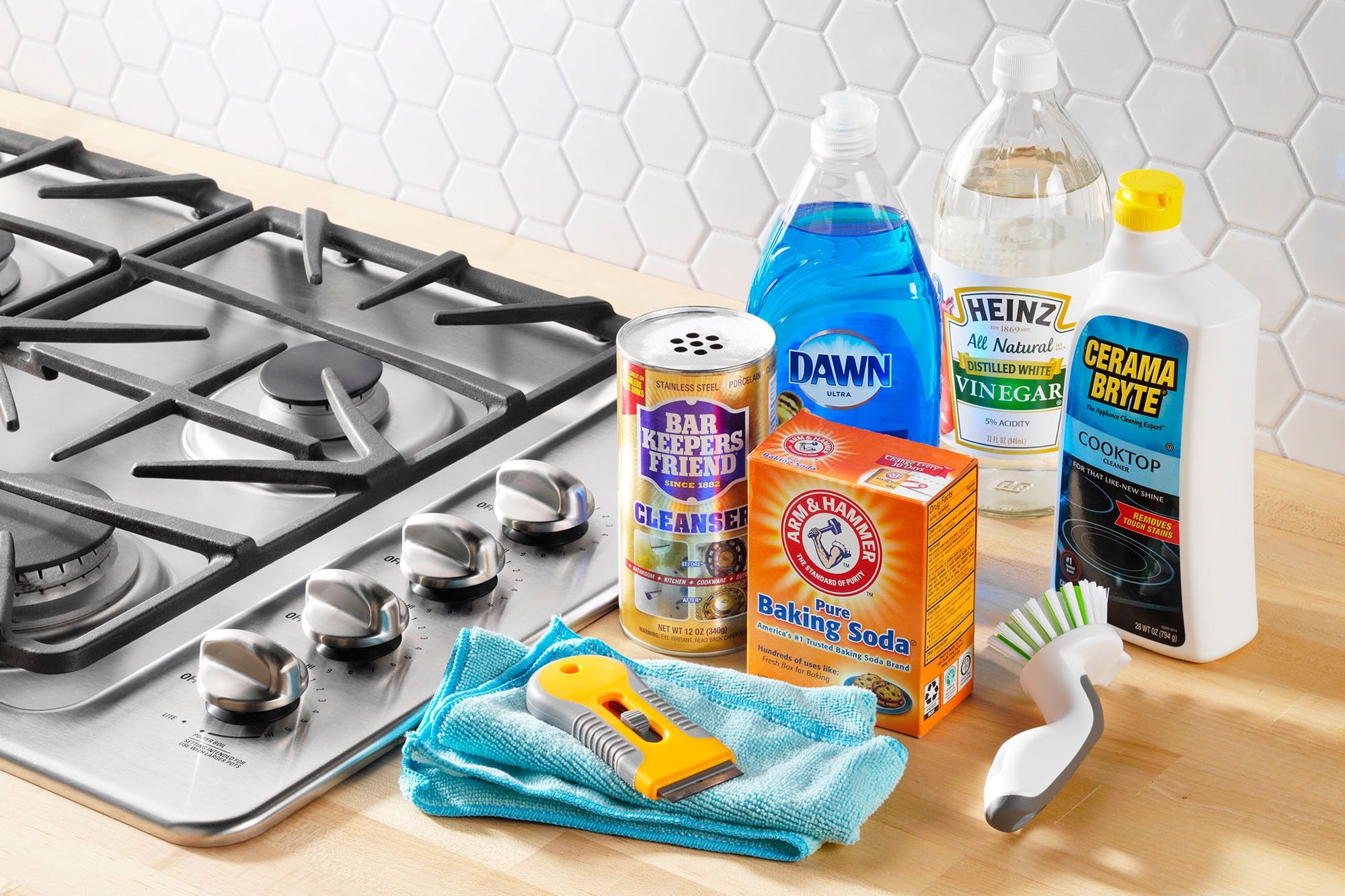
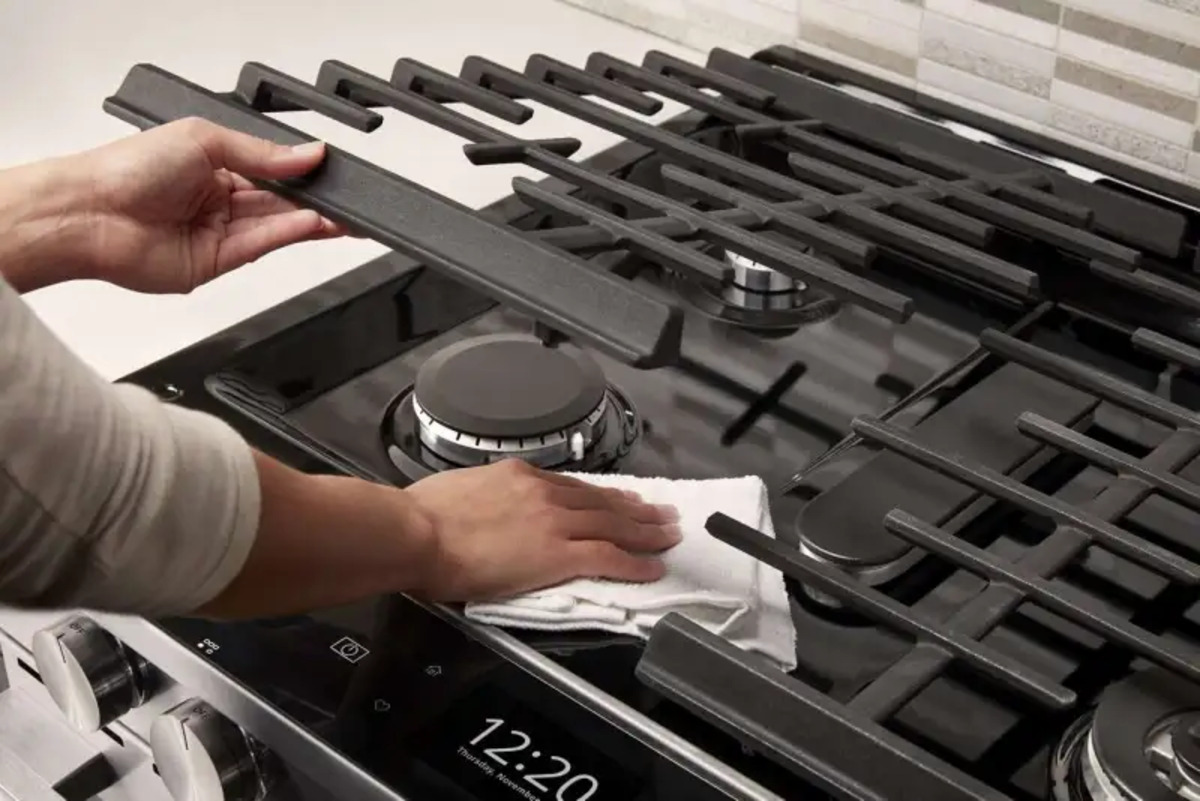
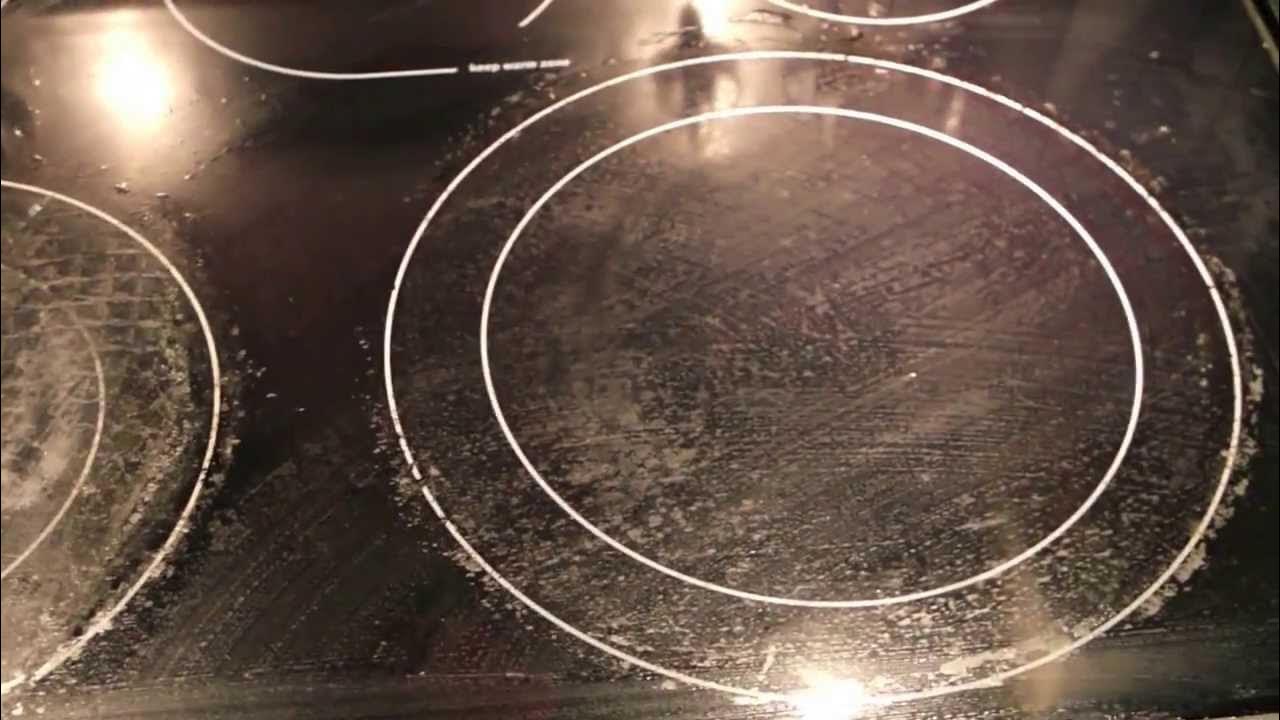

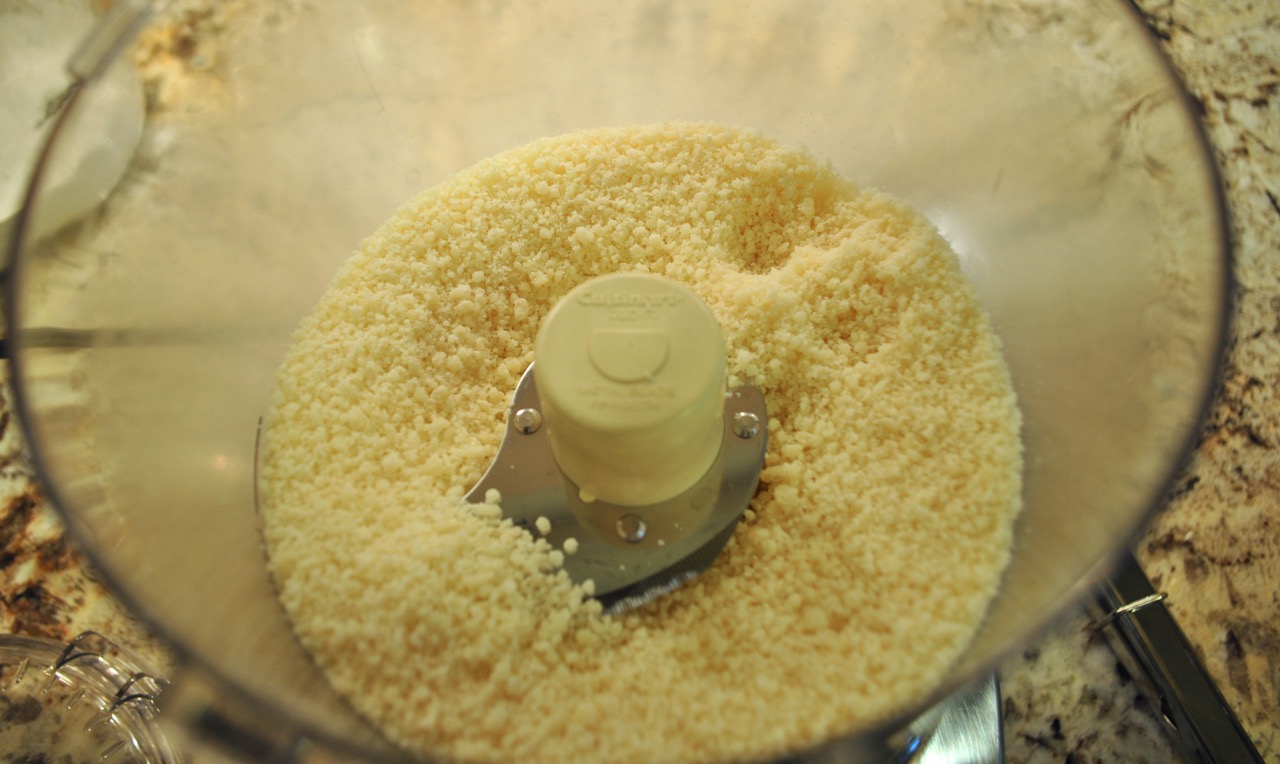
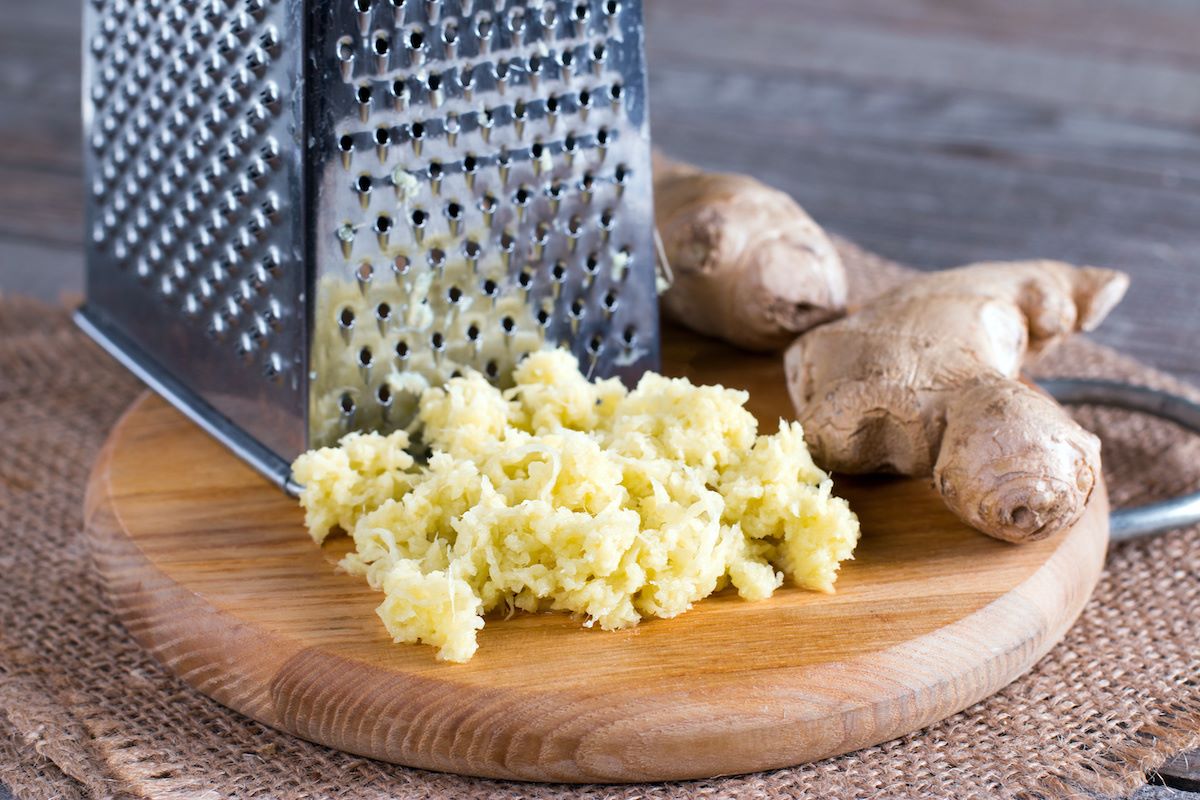
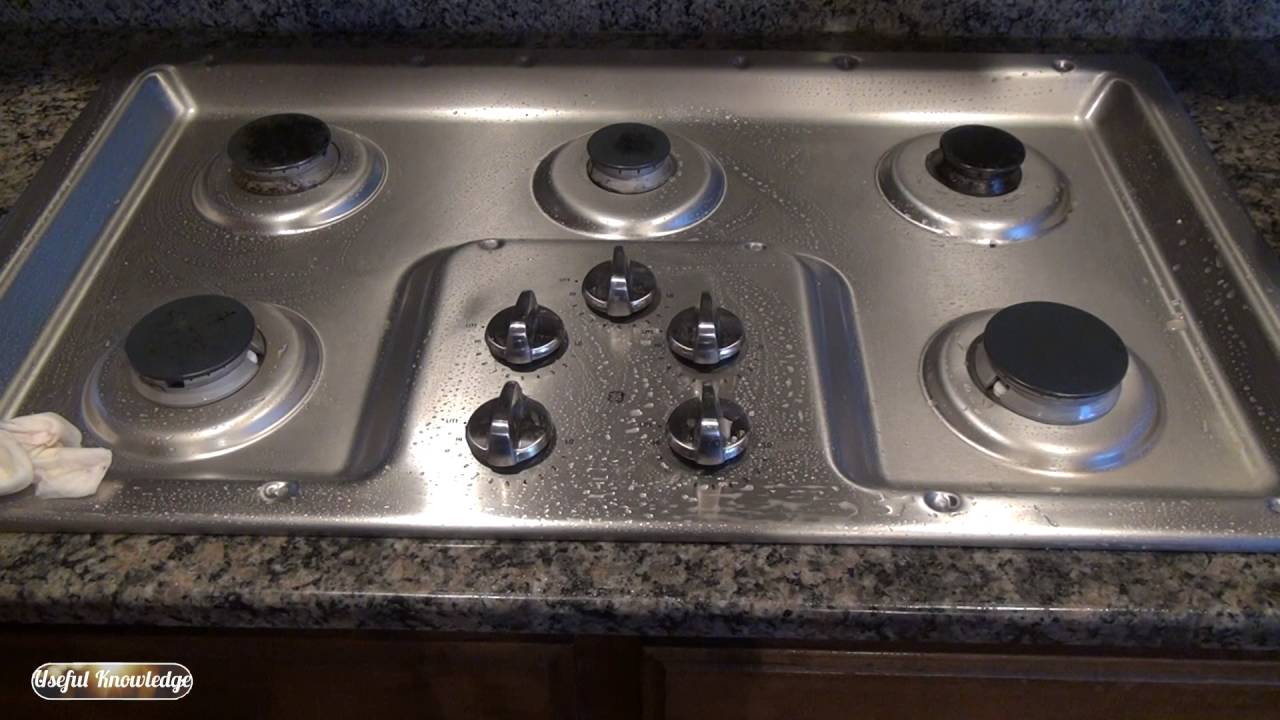

0 thoughts on “How To Clean Cooktop Grates”